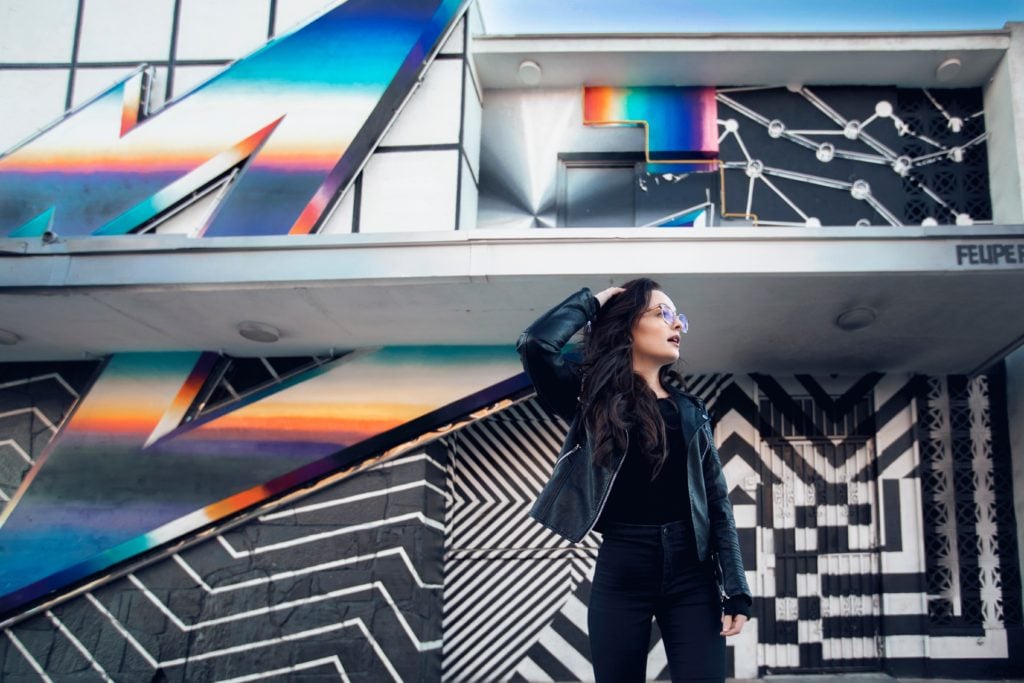What the dickery dock is TikTok?
Oh no, here we go. A core millennial trying to understand an app they don’t even use in a desperate attempt to explain the baffling behaviour of today’s youth and stay relevant. Right, let’s get to it.
What is TikTok?
TikTok is an app. A music video app. A short music video app that kids like. Ok fine, it’s kind of like Vine but you can edit the videos more and it’s more interactive. I think. I never even used Vine.
What does TikTok do?
Users create 15-second videos backed to music. Most commonly the videos include lip-syncing to popular songs and adding effects. TikTok challenges are hugely popular, as are internet jokes, memes and other trends which emerge on the platform organically.
Dancing, gymnastics, cheerleading, comedy and other creative outlets are also popular. Much like Facebook, Instagram and other popular social media channels, its usage has evolved as its fans find new and creative ways to express themselves on the channel.
TikTok has even spawned its own sub-culture, “
Where did TikTok originate?
TikTok is a merger of the app Musical.ly which launched in 2014, before being acquired by ByteDance in November 2017 for a reported $1 billion. ByteDance already owned TikTok, which launched in China in 2016. While Musical.ly was popular in the Americas and Europe, TikTik dominated in Asia. By merging the two, the app gained a global reach while retaining the features users love.
Just to make things even more confusing for us oldies, TikTok remains a standalone app in China, going by the name Duoyin to abide by China’s restrictive internet rules.
So, Musical.ly is now TikTok, TikTok is still TikTok, and

Why TikTok is good
Tech Crunch have called Tik Tok “the Instagram for the mobile video age” – it’s has made video editing simple and accessible in the same way Instagram did with image editing seven years ago. Gen Z love video content – they watch an average of 68 videos a day.
As TikTok is a relatively new player on the social media scene, it still has the coolness that Facebook lost years ago. It has yet to be embroiled in any major scandals (scam festivals, election rigging or hate speech) meaning it’s still viewed with rose-tinted optimism by its fans and users.
Unlike Insta and Facebook, there’s less pressure to present an image of perfection. Kids can be kids on TikTok – awkward and imperfect and
TikTok hasn’t yet been flooded by brands, adverts and influencers. The content people create is genuine, innocent and refreshingly wholesome in a social media landscape which is overrun with rabidly polarised arguments, disingenuous weight-loss supplement promotions and
That’s not to say that TikTok won’t eventually become just another Facebook or Instagram with its own brand of adverts and influencers, as there are plans in place to monetise the platform. But right now, it’s fun, fresh and interesting – enough to bring Gen Z flocking to it. Perhaps we millennials should leave them to it.


